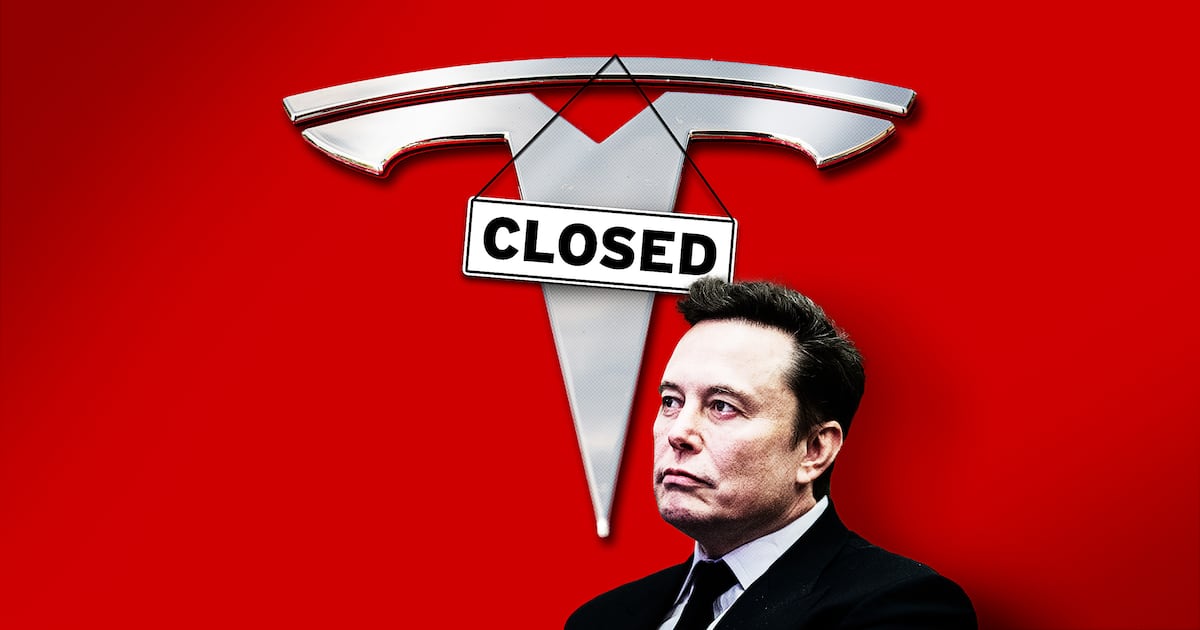MEXICO CITY — In Latin America, a region where polarizing political figures seem to be the norm, few have proven more divisive than Mexico’s Felipe Calderón, who came to power after a hotly contested election in 2006 won by a razor-thin difference of 0.58 percent of the votes, and then launched a much-criticized all-out campaign against the drug cartels.
The bloody war that followed saw the president assailed politically from all sides. His opponents went after him, of course: Andrés Manuel López Obrador, the man Calderón defeated, took to the habit of calling him “Espurio,” the spurious one. Human rights groups, justifiably outraged by the carnage, went after him as well. But Calderon, a well-known political brawler ever since his days in the Mexican Congress, didn’t shy away from the fight. Perhaps due to his combativeness, he wrapped up his six-year term with an approval rating hovering around 53 percent. Polarizing, but hardly unpopular. There are no second terms allowed for Mexican presidents.
Once he left office, Calderón followed one of the many unspoken rules of Mexico’s politics: He took a vow of silence and headed to a quiet place called Harvard. Some argued he had fled the country, fearful of possible legal prosecution (just a few months before, a group had launched a serious campaign to have him tried in The Hague).
By then, the candidate of his National Action Party (PAN) had lost to Enrique Peña Nieto, an up-and-coming politician from the old but revived Institutional Revolutionary Party (PRI). Unlike his predecessor, the loquacious Vicente Fox, Calderón had failed to keep PAN in power, and many pundits blamed him openly. After all, they said, Calderón was so toxic that the PAN’s candidate, Josefina Vázquez Mota, had built her whole campaign around the fact that she was not Calderon: “Josefina: Diferente”. Barely 50 years old, shunned by his own party, in exile and potentially running from international law, Calderón was supposed to be done for.
Turns out, reports of his political demise were exaggerated. Buoyed by the succession of blunders and scandals plaguing the Peña Nieto government, which include corruption, conflict of interest, lackluster economic growth and a recent spike in violence in certain regions of the country, Calderón jumped back into the fray. He campaigned for his party’s candidates during the recent midterms; something completely frowned upon in Mexico. And he has taken to Twitter often, using it to tangle gleefully with Venezuela’s President Nicolás Maduro and whomever jumps in the ring. A man heading for retirement he’s not.
Now, Calderón seems to be planning a spectacular coup of sorts to cap his comeback. His wife, Margarita Zavala, has announced an independent candidacy for the Mexican presidency, just one term removed from her husband’s.
To say that Zavala jumped the gun is an understatement: The election is three years away! Still, oddly, the time in Mexico seems right for such a gamble. After all, the biggest story to have recently emerged from Mexican politics is the rise of Jaime Rodríguez, a man known as “El Bronco” (the wild one), an independent candidate who just won the governorship of Nuevo Leon, Mexico’s critical industrial hub. Zavala will now try to follow in Bronco’s footsteps, albeit with one big presidential-sized elephant in the room: Felipe Calderón.
Not surprisingly, many on social media have already dismissed Zavala as a puppet (machismo doesn’t help, either). But Zavala is no mere Calderón stand-in. Not in the least. Her own career spans half her life. She’s been elected to Congress and played a role in her party’s political life since she was very young. It was there that she met her future husband, himself a PAN loyalist since childhood (Calderón’s father was one of the party’s founders.)
During the Calderón administration, Zavala led a series of efforts to improve the lives of migrant children apprehended in the United States and sent back to Mexico without either papers or protection. All the while, she comported herself demurely and discreetly, which contrasts with the recent Beverly Hills forays of Mexico’s current first lady.
Zavala will now face a series of unavoidable questions. Is she sufficiently experienced and prepared? How so? How would she grapple with the horrifying numbers left behind by her husband’s war on drugs: 100,000 Mexicans dead, at least 25,000 missing, hundreds of enforced disappearances, 60 journalists killed? Would she be an ideological and political twin in the Cristina Fernández de Kirchner model, whose policies are virtually indistinguishable from her late husband’s, or would she follow her own path and set of priorities, as Hillary Clinton seems to want to do?
Last Sunday, Zavala went on Al Punto, Univision’s weekend political show. When faced with Jorge Ramos’s usual severity, she seemed unprepared. At first she dismissed the notion that her election would mean a new Calderón term. But then Ramos pushed back on the Mexico drug war’s death toll. He didn’t mince words: “People fear that, if you become president, another 70,000 Mexicans will die.”
Zavala hesitated, not really knowing whether to embrace her husband’s much-criticized strategy or distance herself from it. In fact, quite awkwardly, she tried to do both: “I think governments are constantly scrutinized and there will be people who will say that what he did…that what it did was just right, or wrong or that it could have been done better.” Zavala herself will need to do better if she is to have a political future. She knows it. They both do.





